

As the intelligence community continues its transition to the Information Technology Enterprise (ITE) integrated vision called the “Second Epoch,” technology leaders across the intelligence community information enterprise (IC IE) must transform enterprise services and adapt cloud technologies with a focus on interoperability, security, and mobility.
Our experience supporting the intelligence community in digital transformation has shown that near-term decisions are critical in building a long-term ability to provide precise, accurate, and timely information to protect the U.S. and its allies. We’ve identified the challenges IC IE leaders across information technology, data and security, and operations will face in IC Digital Transformation: A Guide to Achieve Intelligence Community Information Environment Integration.
The intelligence community's "First Epoch" was defined by successfully migrating services to a single cloud environment. Its Second Epoch will be defined by understanding what combination of cloud services and providers offer the best value for specific missions.
Intelligence community elements need to evolve to a new mindset focused on integrating multicloud services. This will require investments in workforce training, changes in internal architecture design, authorization reciprocity, continuous monitoring processes, and new approaches to partnership between mission and technical leadership.
Here are the top five challenges we see in making the transition to a multicloud environment.
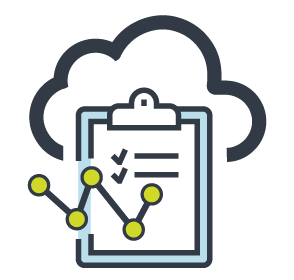
Governance: Creating methods to determine which cloud service provider (CSP) offerings are best suited for specific mission objectives and data.
The speed of change in the modern-day intelligence community environment outstrips traditional IT governance approaches. The sheer number of technology combinations available—particularly in the realm of cloud computing—will require stakeholders to develop robust governance frameworks and repeatable processes to evaluate services, and track compute and storage costs across multiple CSP platforms. This will allow them to achieve the best value while ensuring that agencies consistently meet mission objectives.
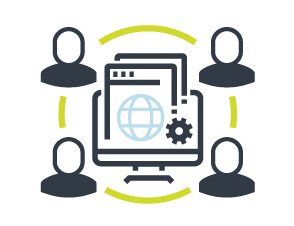
Workforce: Preparing personnel for near-term changes to application design, accreditation, and implementation, as well as operations and maintenance.
Many intelligence elements have already made cloud computing a core component of their IT strategy—but only within the context of a single provider’s environment. As a result, workers supporting intelligence community cloud initiatives typically specialize in a single suite of tools. Intelligence leaders need to prepare a Second Epoch-ready workforce by training software architects and engineers in multicloud-enabled software development and providing staff with opportunities to upskill on additional cloud platforms.
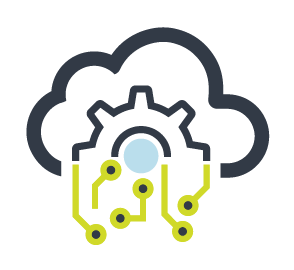
Technology: Building multicloud-enabled solutions that allow interoperability.
In the next evolution of multicloud, a single application may consist of a collection of subservices distributed across multiple cloud environments. To maximize interoperability and reuse, and avoid constant reengineering, intelligence leaders need to help their organizations develop a multicloud-enabled mindset. This means establishing organization-wide standards for software development, DevSecOps, cross-domain services, and machine learning operations (MLOps), with clear processes to ensure that all tools developed can function fully across multiple domains and environments.
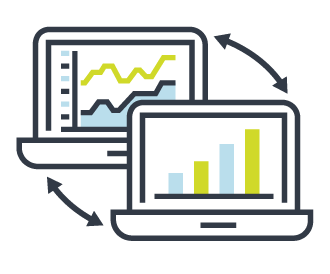
Data: Understanding and aligning mission drivers and data requirements to proper technologies for seamless information sharing.
The volume, velocity, variety, and veracity of data will grow exponentially during the Second Epoch. Making intelligence accessible to the right users at the right time and place, including information at the edge for those in the field, will require carefully chosen tools for data extraction, correlation, and enrichment.
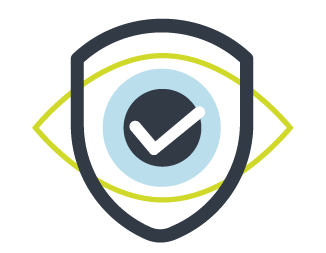
Cybersecurity: Achieving automated compliance as well as enhanced monitoring and enterprise visibility across intelligence environments, platforms, and domains.
The continuous evolution of cyber threats and the desired end-state of an interoperable, multicloud ecosystem will create new cybersecurity challenges. In addition, the COVID-19 pandemic has greatly expanded telework, increasing the attack surface. It is imperative that agencies transform how they automate the implementation of unified common security controls and focus on implementing DevSecOps practices with new security technologies. These measures are critical to improve cyber hygiene and enable quick detection of anomalies across platforms and security fabrics.
Our new report, IC Digital Transformation: A Guide to Achieve IC IE Integration, offers a framework and advice for overcoming these challenges. It defines digital transformation in terms of mission drivers and desired results.
The guidebook also describes technologies and approaches that can help meet the goals of this new era. These technologies include multicloud, Cross Domain Shared Services Framework (CDSSF), DevSecOps, MLOps, modern governance models, and an enhanced approach to the digital workforce.
We provide an integrated model focusing on data integration, interoperability, and ways to address the challenges associated with the new capabilities. Finally, the guidebook suggests strategies for reducing transformation risk through measuring mission alignment and adopting an incremental agile solution approach.